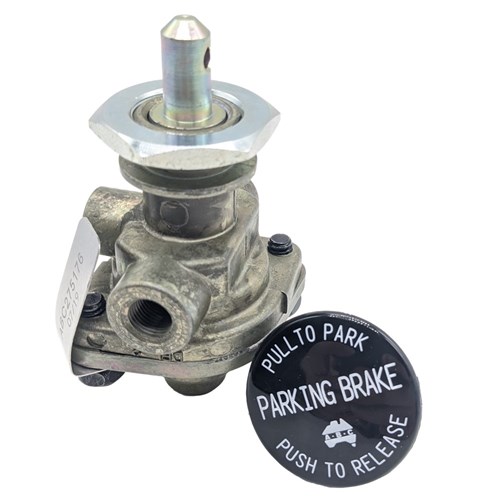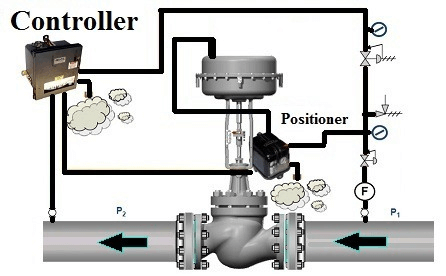
Maximize Energy Financial Savings and Comfort With Advanced Structure Automation Controls
In the world of modern design and center management, the assimilation of innovative building automation controls stands as an essential development. The convergence of technology and sustainability has actually birthed a brand-new age where energy efficiency, convenience optimization, and functional streamlining are no more far-off desires however achievable truths. By utilizing the power of automation, structures can adapt, react, and progress in manner ins which were as soon as unimaginable. The capacity for significant power financial savings and boosted comfort is not just a possibility however a pledge waiting to be met. This standard change in building management holds the crucial to opening a world where ecological conscientiousness and owner wellness harmoniously exist side-by-side within the walls of our frameworks.
Power Efficiency Conveniences
Power effectiveness advantages can considerably minimize energy consumption and operational prices in structures. Energy-efficient systems, such as sophisticated structure automation controls, can maximize the use of sources like air conditioning, lights, and heating, leading to reduced power expenses over time.
Furthermore, enhanced energy efficiency can lengthen the life-span of building equipment and systems. By operating a lot more successfully, cooling and heating systems, lighting fixture, and other structure components experience much less deterioration, resulting in minimized upkeep and substitute prices. In addition, energy-efficient structures usually regulate higher home values and rental prices, providing long-lasting economic advantages to owners.
In addition, power effectiveness can enhance occupant convenience and efficiency. Correctly managed interior settings with optimal illumination and thermal problems develop a more favorable and enjoyable work area, leading to enhanced employee complete satisfaction and efficiency. Generally, the power performance advantages linked with innovative building automation controls are multifaceted, including price savings, ecological stewardship, and passenger well-being.
Boosted Convenience Control
Enhancing convenience control in building settings requires an advanced integration of advanced automation systems for ideal passenger health. By using advanced building automation controls, centers can customize the indoor setting to meet the certain needs and preferences of occupants. control valves.
By incorporating these sophisticated controls, structures can not only boost comfort but also boost power effectiveness by enhancing system operations based on real occupancy and usage patterns. Ultimately, prioritizing resident comfort with innovative automation systems leads to a much more pleasurable and healthier indoor environment.
Functional Efficiency Improvements

Additionally, the implementation of real-time tracking and analytics devices makes it possible for building drivers to determine energy inefficiencies and functional anomalies immediately. By constantly monitoring energy usage patterns and system efficiency metrics, adjustments can be made in real-time to optimize power consumption and guarantee peak operational efficiency. control valves. Furthermore, including demand response strategies right into structure automation controls can additionally improve operational performance by dynamically her response readjusting energy usage based upon grid conditions and pricing signals
Indoor Climate Optimization
Reliable interior climate optimization is an essential element of structure automation controls, guaranteeing residents' convenience his explanation and wellness while making the most of power savings. By utilizing sophisticated sensing units and controls, developing automation systems can continually check and readjust temperature level, humidity levels, air top quality, and ventilation to create an optimal indoor environment. Preserving comfy and regular problems not just enhances resident complete satisfaction however likewise increases efficiency and general well-being.
Indoor environment optimization also plays an essential role in power performance. By fine-tuning air flow, air conditioning, and home heating systems based upon real-time data and tenancy patterns, developing automation controls can considerably decrease energy intake - control valves. As an example, implementing approaches such as demand-controlled ventilation and thermal zoning can help reduce energy waste while ensuring that each area of the structure receives the necessary conditioning.

Lasting Setting Development
Structure automation regulates not just optimize indoor environment conditions for energy effectiveness and occupant convenience yet also lay the structure for creating a lasting setting through critical administration of systems and resources. By integrating advanced building automation modern technologies, such as sensing units, actuators, and intelligent software application, facilities can keep track of and adjust energy usage in real-time to lessen waste and reduce their carbon footprint. These systems make it possible for predictive maintenance, identifying possible problems before they escalate and enhancing devices efficiency to enhance longevity and performance.
Moreover, lasting atmosphere production expands beyond power management to include water preservation, waste reduction, and interior air top quality enhancement. Structure automation controls can control water usage, spot leaks, and make sure correct garbage disposal methods, adding to total sustainability efforts. In addition, by controlling and keeping an eye on air flow and filtering systems, these technologies boost resident health and wellness and productivity while reducing power usage associated with a/c operations.
Verdict
In verdict, progressed building automation regulates offer considerable benefits in regards to energy cost savings, convenience control, operational performance, interior climate optimization, and producing a lasting atmosphere. By executing these controls, buildings can achieve ideal efficiency while lowering energy usage and improving this owner convenience. It appears that using innovative automation technology is crucial in improving building performance and creating a more lasting future.
Energy performance benefits can substantially reduce energy intake and functional expenses in buildings. Overall, the power effectiveness advantages associated with advanced building automation controls are complex, encompassing expense savings, ecological stewardship, and resident wellness.
Furthermore, including demand action approaches into structure automation controls can even more boost operational efficiency by dynamically changing power usage based on grid problems and prices signals.
Building automation manages not just optimize indoor environment conditions for energy efficiency and resident convenience however additionally lay the foundation for developing a lasting environment through calculated management of resources and systems.In final thought, progressed structure automation controls deal substantial advantages in terms of energy financial savings, comfort control, operational effectiveness, interior environment optimization, and developing a lasting atmosphere.